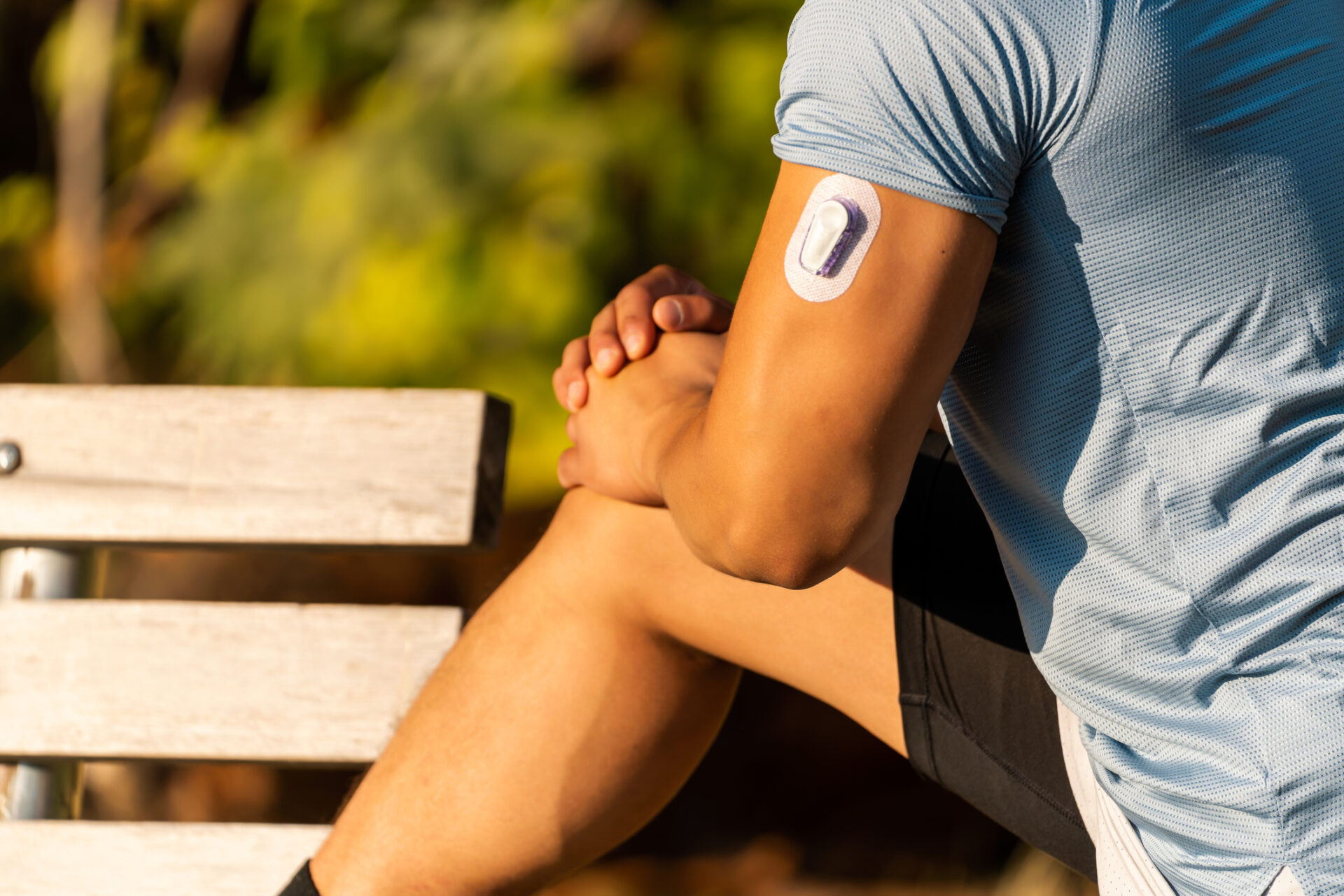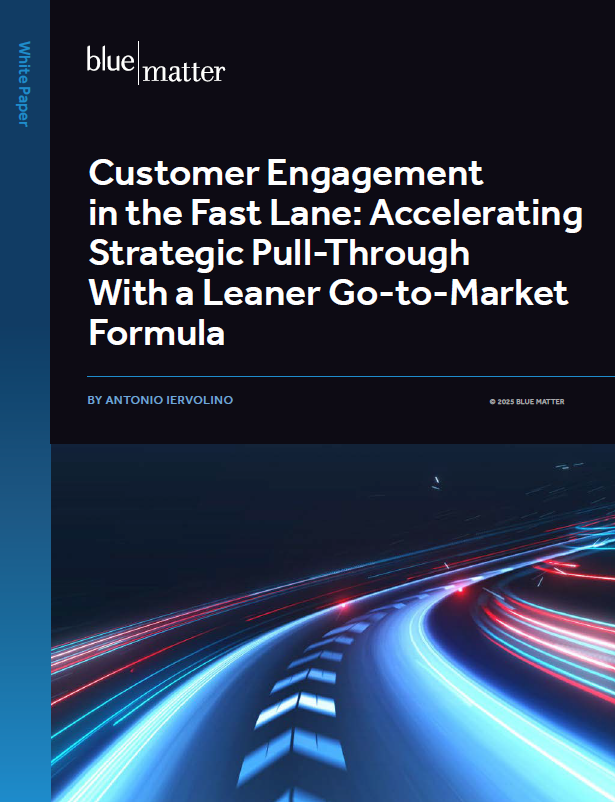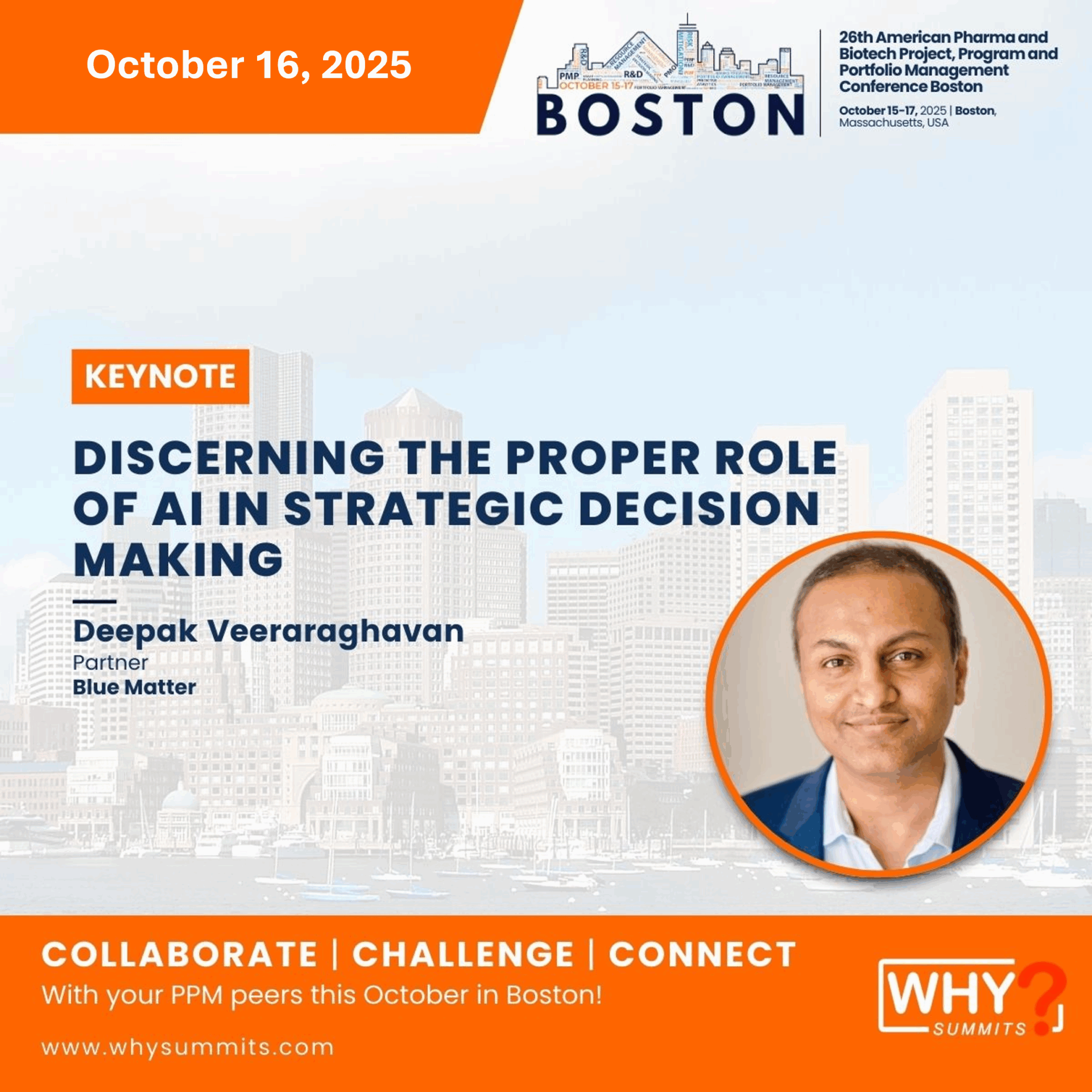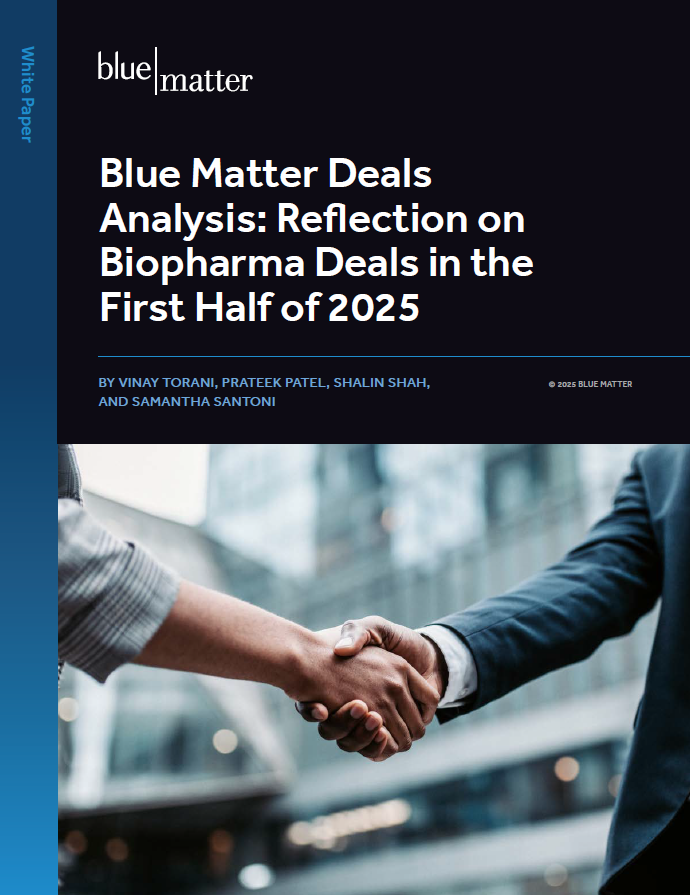
Historically, medical devices and consumer wearables could not be more different: one, a clunky beige piece of prescription equipment, probably provided by your physician, the other a sleek electronic that you purchased to monitor steps, sleep, and other aspects of your wellbeing.
Increasingly, these two categories are starting to overlap. Functionality that has been developed for purely medical applications has been licensed for use in direct-to-consumer products that have a wellness, not medical, focus. This transition is likely to be disruptive to medical device companies: opening up significant new opportunities in the shape of new customer segments, new channels, and new commercialization approaches. However, these opportunities are not without risk. In addition, there are other potential implications and opportunities for those developing and manufacturing consumer wearables.
In this three-part series, we explore how and why this convergence is happening. We also look at the implications of this shift for medical device companies and consumer wearables manufacturers with a focus on how to capture emerging opportunities while managing the inherent risks. Here, in part 1, we dissect this convergence and provide an illustration using continuous glucose monitors (CGMs) as a case study.
Differentiating Devices from Wearables
Medical devices as a category are typically defined as prescription appliances, instruments, implants, or similar apparatuses used to diagnose, treat, or monitor a disease. They’ve primarily been marketed directly to healthcare providers (HCPs), who either use them directly or prescribe them to patients.
Consumer wearables, on the other hand, are commercially-marketed technologies for monitoring personal health and performance. Usually non-prescription, these products have been marketed more often to consumers.
In some contexts the line between medical devices and consumer wearables is blurring: in particular, medical-grade devices are increasingly becoming available directly to consumers.
Because of this convergence, traditional medical device companies face a potential threat as smaller start-ups (and larger consumer health companies) in the wearables space encroach into the consumer-facing segment of the device space. However, device companies can benefit if they recognize the potential opportunities this convergence offers and make the right strategic moves. The first-mover advantage of consumer wearables will be eroded, and traditional device companies are well placed to respond. While this market context sounds adversarial, it also presents new opportunities for innovative collaboration between these two types of companies.
How the Convergence Came to Be
Consumer wearables began with simple step-tracking and evolved to the multi-functional and smart wearables we know today, including Apple Watch, Oura Ring, and Whoop, which provide not only tracking but also insights on how to integrate and use the large volumes of data generated. Reduced cost, increased availability, and improved functionality and reliability of wearables and biosensors has led to a significant increase in use in recent years. According to one survey, US consumers doubled their use of wearables between 2020 and 2021 alone.
Over time, these wearables have become (and will continue to become) more medicalized. Perhaps the most well-known example of a medical application of a consumer wearable is Apple Watch’s atrial fibrillation (AFib) detection feature, which uses photoplethysmography (PPG), the same sensor used to detect heart rate in general, and a proprietary algorithm to detect irregular rhythms. The Apple Watch does not only alert as to AFib patterns, but also provides ongoing monitoring over time to help patients with management after an AFib diagnosis. This was FDA approved in 2018 making the Apple Watch a Class II medical device in this specific usage.
Similar wearables, such as the FitBit, Garmin Watch, and Google Pixel Watch have also subsequently received FDA-cleared AFib detection and monitoring features. Apple has partnered with Rune Labs to offer an additional FDA-cleared feature for Parkinson’s Disease monitoring via the StrivePD app, which uses Apple’s Movement Disorder API to track tremors and dyskinesia, or uncontrolled, involuntary body movement. These examples demonstrate that, so far, wearables have used existing hardware to expand capabilities into more medical use cases. We expect this trend to continue to amplify, as both hardware and software capabilities continue to expand, opening up functionality for the diagnosis or treatment of disease.
While the most obvious movement involves wearables becoming more like medical devices, there is also notable movement in the other direction (hence, a “convergence”). Many traditional devices are becoming more wearable, more affordable, and less mediated by HCPs, potentially moving into the wearables space.
A key example of this is the consumer adoption of invasive biosensors, particularly continuous glucose monitors (CGMs). In fact, one survey showed that 8% of those using wearables used biosensors, and market size data shows an increase for wearable biosensors from $150 million globally in 2016 to $25 billion in 2021.
Case Study: Consumerization of CGMs
CGMs are invasive biosensor devices traditionally used for tracking glycemic context in diabetic patients and were introduced as an improvement over the more burdensome finger-prick method, which measures glucose levels at single points in time. CGMs revolutionized the ability to track glucose levels throughout the course of the day, continuously measuring blood glucose levels through a thin sensor inserted subcutaneously, syncing data and trends to a patient’s device, and allowing for deeper insights about factors impacting glycemic control.
The CGM market has been dominated by the medical device companies Dexcom (G6 and G7), Medtronic (Guardian Connect), and Abbott (FreeStyle Libre and FreeStyle Libre 2.0), offering devices by prescription through traditional HCP and payer channels. However, one of the most interesting recent developments in the space is the emergence of startups such as Levels, Nutrisense, and Zoe, who have focused on consumer use of Continuous Glucose Monitors (CGMs) via these same devices, offering customers the ability to track glucose levels and understand the impact of diet and exercise, largely for general metabolic health and wellness purposes rather than for treatment and monitoring of diabetes. While these companies use CGMs manufactured by traditional large medical device players, like Abbott and Dexcom, they specialize in analyzing the CGM data and providing targeted insights and actionable changes to improve glucose stabilization, making CGMs more user-friendly and educational for the consumer.
In addition to the start-ups focusing on consumer use of CGMs, large CGM manufacturers are noticing the trend and finding their own path for expansion to consumer wearables. Notably, Abbott has made a bet on a consumer line of biosensor wearables called Lingo, which use the same sensor technology as CGMs, but also test for ketones, lactate, and alcohol levels. This opens the door to utilization for monitoring diet, either directly by consumers or via partnership with existing weight loss and nutrition coaching startups. Lactate monitoring will also allow for enhanced data around recovery following exercise and could integrate with popular wearables that demonstrate consumer interest in recovery scores, such as the Oura Ring and Whoop. Finally, it allows Abbott to build a consumer presence and further expand outside of patients diagnosed with diabetes, opening their market from a defined population to a potentially much larger group.
Currently, Abbott receives approximately $1,000 of annual recurring revenue per user. The FreeStyle Libre has 4.5 million users globally, with a considerable total addressable market given the 400 million people worldwide living with diabetes. In a recent conference presentation, Robert Ford, Chairman of the Board, President, and CEO of Abbott Laboratories, stated that they view expanding into the consumer market as a way to boost their total addressable market: diabetes is a limited population, however large, so by expanding to consumer applications they can fuel growth of their sensors.
For each type of company, this trend is forcing adaptation to a range of new factors, including interaction with new audiences and understanding new channels for sales. Device companies, long accustomed to dealing with HCPs, are now having to learn to communicate more directly with consumers. Interestingly, these companies have so far largely provided white-labeled products to consumer-facing start-ups, but as they move more into development of their own consumer lines, they will need to develop capabilities around consumer marketing, brand awareness, and product design. Conversely, wearables companies, long focused on consumers, are beginning to engage more regularly with regulators, HCPs, research organizations, payers, etc. For example, to gain FDA clearance for AFib detection and monitoring, Apple partnered with Stanford University to conduct the large Apple Heart Study and engaged with regulatory bodies like the FDA.
Due to the shifts in audience described above, these companies are faced with the need to become proficient with new sales, marketing, and medical communications channels. What we’ve seen in this market so far suggests two paths for medical device companies: selling the existing medical device to more consumer-driven routes such as start-up companies, or development of an in-house consumer line, which shifts the go-to-market strategy to more closely resemble wearables, requiring the medical device company to establish new capabilities.
The development of these new capabilities and market approaches promises to be well rewarded. In the US alone, almost 100M consumers have been diagnosed with pre-diabetes, 50% of whom will develop diabetes in the next 5-10 years. It’s been estimated that only 12% of US residents are metabolically healthy, indicating a significant need for any solution which can support metabolic health. These consumers are highly motivated to monitor their health, and many will already be using consumer wearables to track wellness activities. In total, 83M consumers are currently using wearable devices, with 7 million of those containing biosensors.
Coming Next
In part 2, we will explore this convergence from the medical device company perspective. Specifically, we will identify some key challenges and opportunities, as well as some of the capabilities they’ll need to develop if they are to properly take advantage of the opportunities afforded by this rapidly evolving environment.
Note:
Blue Matter regularly publishes material related to digital health and therapeutics.
- For an introduction to digital therapeutics, click here.
- To read about the keys to success for ex-US digital health companies entering the US market, click here.







